The Accuracy International Arctic Warfare, commonly referred to as the AIAW, is a renowned military rifle system that has captured the attention of various armed forces worldwide. Due to its exceptional shot accuracy, the AIAW has emerged as a dependable choice for snipers in different regions. The AIAW is produced and designed by Accuracy International, a well-known manufacturer. It is a bolt-action sniper rifle widely recognized for its exceptional combination of sporting and military features. The AIAW is equipped with superior triggers and adjustable stocks that fulfill the demands of sports enthusiasts. At the same time, its robustness, reliability, and ease of use make it an ideal choice for military usage. These rifles are designed to cater to sporting and military requirements, with an exceptional blend of features that make them versatile and effective for various applications.
Introduction
Since its introduction in the 1980s, the Arctic Warfare rifle has emerged as a top contender for civilians, police personnel, and military professionals alike. One distinguishing feature of this rifle is its ability to perform exceptionally well in extremely cold temperatures, which led to its name. However, even in less harsh environments, the rifle performs impeccably without any impairment.
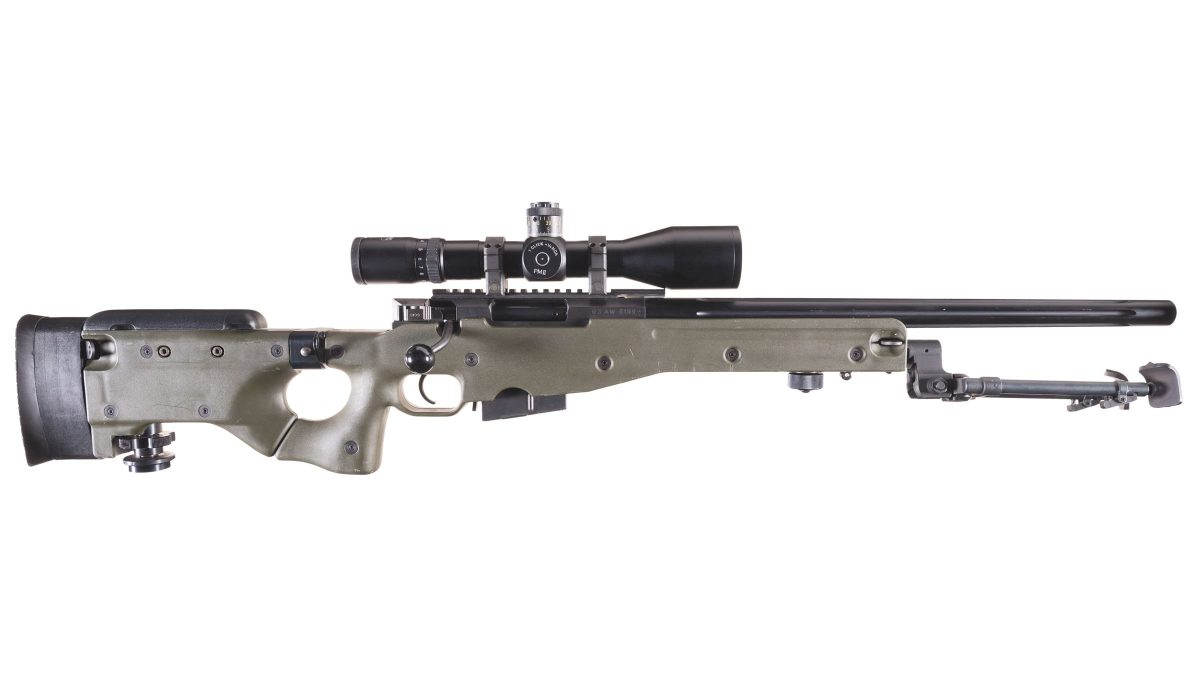
The Arctic Warfare rifles are typically outfitted with Schmidt & Bender Police & Military II (PM II) telescopic sights, available in fixed and variable magnifications. Variable telescopic sights provide shooters with more versatility, allowing them to aim at varying ranges or require a wide field of view. Unlike most rifle manufacturers, Accuracy International actively encourages using the German-made Schmidt & Bender PM II product line as sighting components on their rifles.
Interestingly, the Russian and German forces preferred a telescopic sight produced by Zeiss rather than following Accuracy International’s recommendation. This deviation from the manufacturer’s recommendation highlights that different military forces may have other preferences and requirements regarding their equipment, raising questions about using the manufacturer’s recommendations in military procurement processes.
History
Accuracy International designed the Arctic Warfare (AW) rifle to replace the Lee-Enfield rifle previously used by the British Army during the Second World War. It was adopted by the British Army in 1982, taking on the designation of L96A1 after outperforming the competing Parker-Hale M85 rifle.
The rifle quickly became popular with the military, police, and special forces, earning the moniker “Green Meanie” for its green color and outstanding accuracy. The Swedish army also sought a new sniper rifle and selected the L96, which became known as the AW and represented the entire family of these rifles.
Following modifications at the request of the Swedish army, the rifle has renamed the AW (Arctic Warfare) and adopted by the British military as the L118A1. The Schmidt & Bender PM II 3-12×50 telescopic sight was added to the rifle to provide greater flexibility when shooting at varying ranges and in situations requiring a wide field of view. The rifle underwent extensive testing in the extreme cold conditions of Fort Greely, Alaska, which resulted in the discovery of the frozen shutter phenomenon.
The improved AW rifle boasted an enlarged thumbhole, shutter, trigger guard, and grooves on the shutter to ensure safe functioning at lower temperatures. In 1991, the Swedish army officially named the rifle PSG 90 (Prickskyttegevär 90), and it was adopted by various military and police units worldwide, including the Australian army, as the SR98.

In 2011, some Swedish PSG 90 rifles were upgraded to the PSG 90B standard, which featured folding stocks, Swedish-made Spuhr SA-4601 mounts and accessories, and Kikarsikte 11 Schmidt & Bender PM II 3-12×50 telescopic sights. The L118A1 saw action in conflicts such as Operation Granby and Operation Telic.
Design
The AW system is a military sniper rifle designed for field and combat conditions that provides flexibility, serviceability, and repairability. It features a modular design that allows replacing major components, such as the barrel and the bolt, with some tools. The aluminum chassis-based stock, marketed as the Accuracy International Chassis System (AICS), is a notable feature of the AW system. The receiver is bolted with four screws and permanently bonded with epoxy material to the aluminum chassis, ensuring a sturdy and reliable design.
The AW system’s cast steel bolt has a 0.75-inch diameter and gas relief holes in a 0.785-inch diameter bolt body and front action bridge. The bolt handle is bent to the rear, making the repeating procedure easier for the operator and reducing the contour of the weapon. Cartridges are fed through the bottom of the receiver using a detachable, double-column steel box magazine.
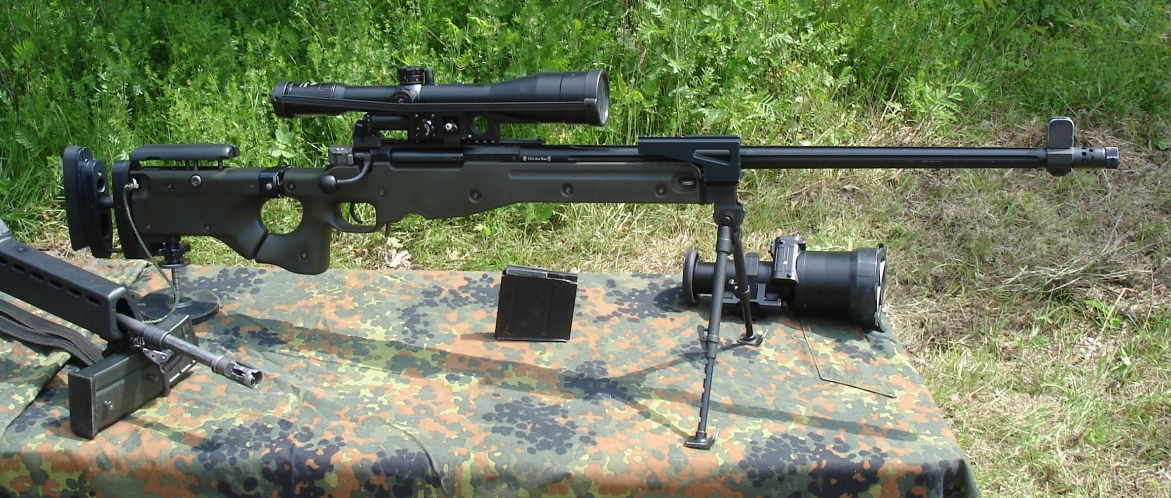
The AW system is equipped with free-floating, heavy, stainless steel barrels with different lengths, groove cutting, and rifling twist rates optimized for their chambering and intended ammunition. The rifle has a three-position, firing pin-blocking safety lever on the bolt shroud that allows the bolt to be manipulated with the safety on. Additionally, it has a two-stage trigger mechanism with an adjustable trigger pull weight of 10 to 20 N.
The AW system is usually equipped with an integrated bipod, and a monopod mounted on the buttstock, which provides additional stability and support for the shooter. Accuracy International offers a range of accessories for the Arctic Warfare system, including PM II series telescopic sights made by Schmidt & Bender with laser filters for military scopes, aluminum one-piece telescopic sight mounting sets, MIL-STD-1913 rails (Picatinny rails), lens hoods, various optical and kill flash filters and lens covers for telescopic sights, auxiliary iron sights for emergency use, cleaning kits, and muzzle brakes/flash.
Bullet for long distances
Lapua, a Norwegian-Finnish company, collaborated with AI to develop the .338 Lapua Magnum, a new long-distance bullet based on the success of the AW rifle. The AW Magnum bolt was capable of accommodating the .300 Winchester Magnum, so a version of the .300 WM was also created alongside the AWM338 version. The British introduced the AWM338 as the L1115A1 in 1996, followed by the L1115A2/A3 versions.
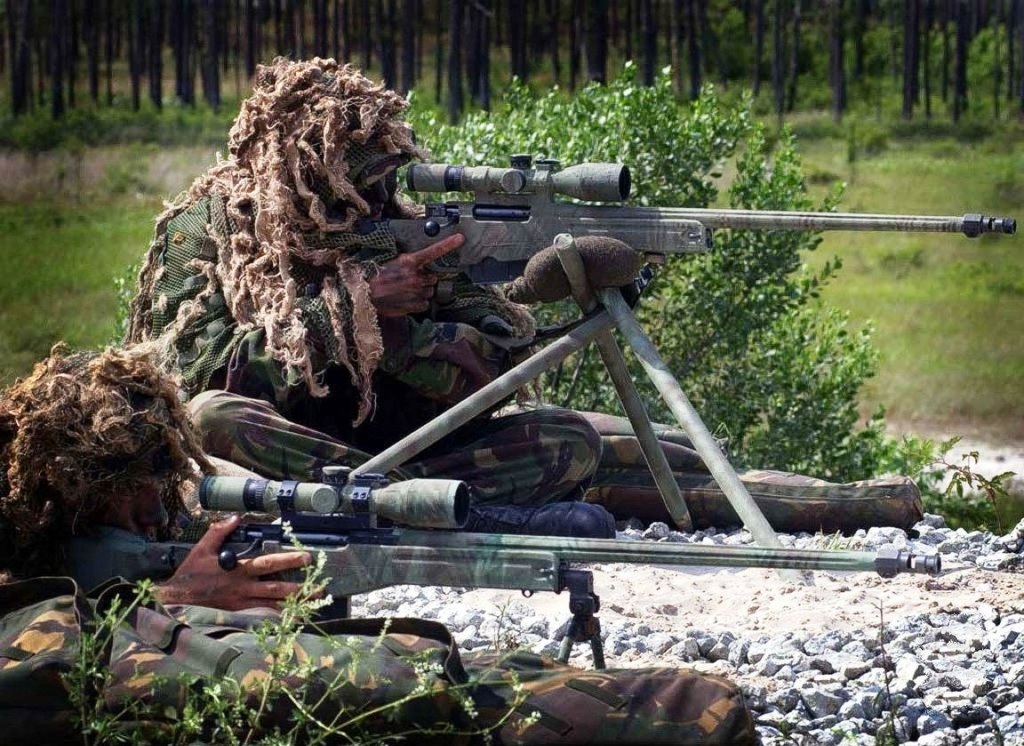
A British sniper, Craig Harrison, set a new world record in Afghanistan using the L115A3 rifle (with Schmidt & Bender PM II 5-25 x 26 optics), hitting an opponent from an impressive distance 2475 meters. In 1998, the German army adopted the AW300 WM as the G22 (Gewehr 22), the first officially adopted AW rifle with a folding stock.
In 2000, the British and Australian armies introduced the AW50 rifle under 12.7 x 99 mm (.50 BMG). The German military also adopted it under G24 (Gewehr 24). AI also developed a semi-automatic version of the AS50, which was adopted by American special forces from the US Navy SEALs.
Variants
In 2012, Accuracy International declared they would no longer produce the AW series and replace it with the new AX series. The AX338, chambered in .338 Lapua Magnum, was the new model introduced, boasting a guard made of light metal with an octagonal profile that could hold additional accessories. Furthermore, it featured a more extensive Magnum system, designed to incorporate a more powerful long-range round – the .338 LM. Additionally, the magazine capacity was increased to ten rounds from the previous five rounds in the L115A3.
On the other hand, the AT model was launched in 2014 and was a fully redesigned version of the AW series. The manufacturing processes in making the AT resulted in a more economical rifle chambered in the standard caliber .308 Winchester. One of the most noticeable differences was the pistol grip adopted from the AX series. A new feature was the ability to change the barrel quickly in case of an emergency, which was not found in previous Accuracy International rifles. The stock’s length could be adjusted, and the cheek rest’s height could be modified. Additionally, the trigger resistance could be optionally adjusted between 1.5 and 2 kg.

PM (Precision Marksman)
The original version was introduced in the British Army under the designation L96A1.
AW (Arctic Warfare)
An improved version of the L96A1 is intended for use in areas with extremely low temperatures.
- L118A1 – British Army Mark.
- PSG 90 – Insignia of the Swedish Army.
- SR 98 – Insignia of the Australian Army.
- AWF (Arctic Warfare Folding) – Version with side polymer ammunition magazine.
AWP (Arctic Warfare Police)
The version, intended exclusively for police use, is recognizable because its body is black, not green, like the military versions. It also has a shorter 610mm barrel and uses 7.62x51mm, .308 and .243 Winchester calibers.
AWS (Arctic Warfare Suppressed)
A sound-suppressed version with an effective range of 300 meters.
AWC (Arctic Warfare Covert)
A compact version with a folding stock, usually used by US special forces.
AWM (Arctic Warfare Magnum)
A significantly more powerful, longer-range version of the .300 Winchester Magnum and .338 Lapua Magnum. It was introduced into the operational version in 1996.
- L115A1 – British Army marking.
- G22 – Mark of the German army.
AW50 (Arctic Warfare .50 caliber)
The AW50 was introduced in 2000 by the British and Australian armies under the caliber 12.7×99 mm (.50 BMG).
Technical specifications
| Country of origin: | United Kingdom |
| Manufacturer: | Accuracy International |
| Action: | bolt-action |
| Effective range: | 800 m (870 yd) |
| Caliber: | 7.62×51mm NATO (.308 Winchester); .300 Winchester Magnum and .338 Lapua Magnum |
| Barrel length: | 660 mm (26.0 in) |
| Muzzle: | 850 m/s (2,790 ft/s) |
| Weight: | 6.5 kg (14.3 lb) |
| Sights: | detachable aperture-type iron sights day or night optics |
| Feed system: | 10-round double stack detachable box magazine (.308) 5-round single stack detachable box magazine (.300, .338) |
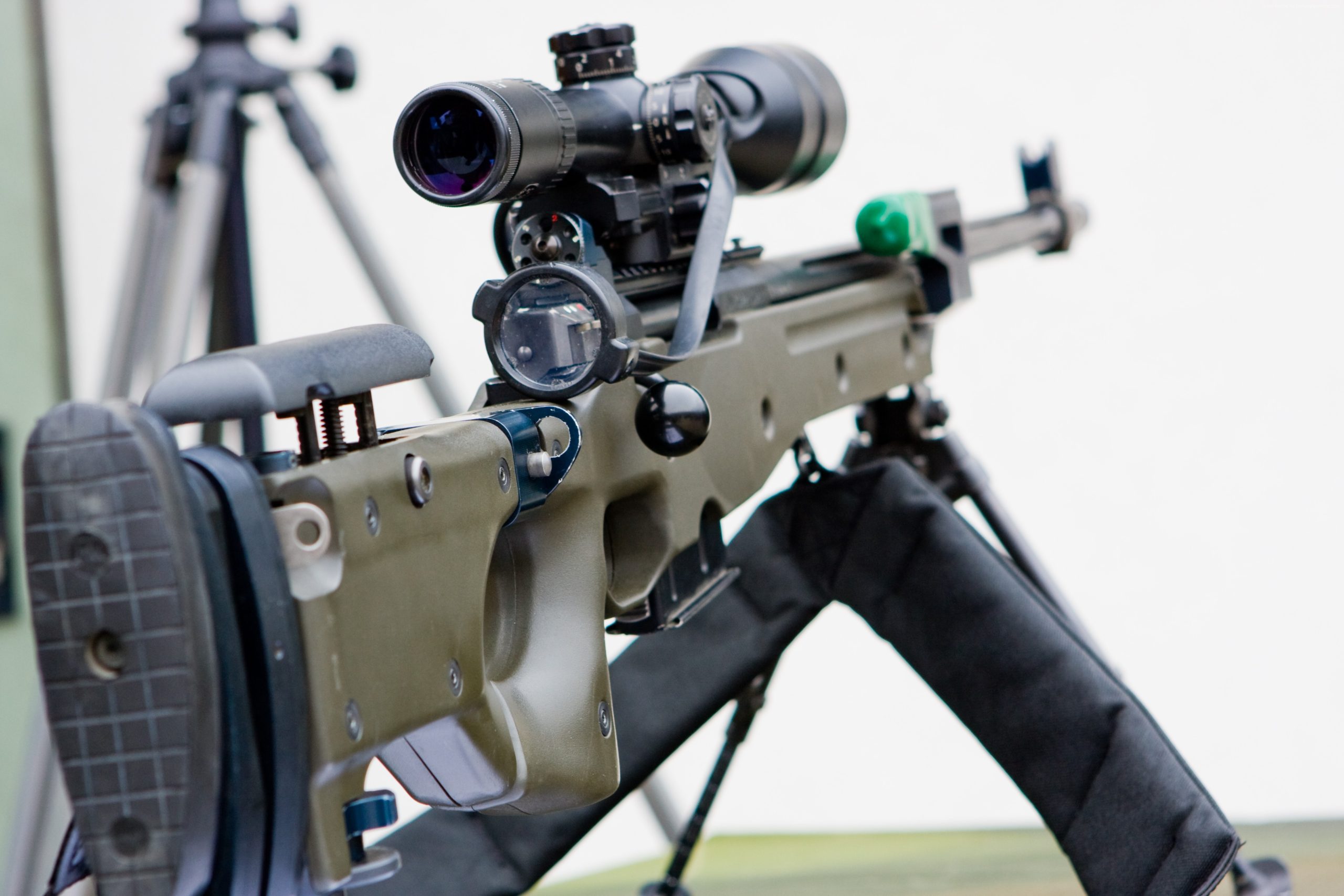
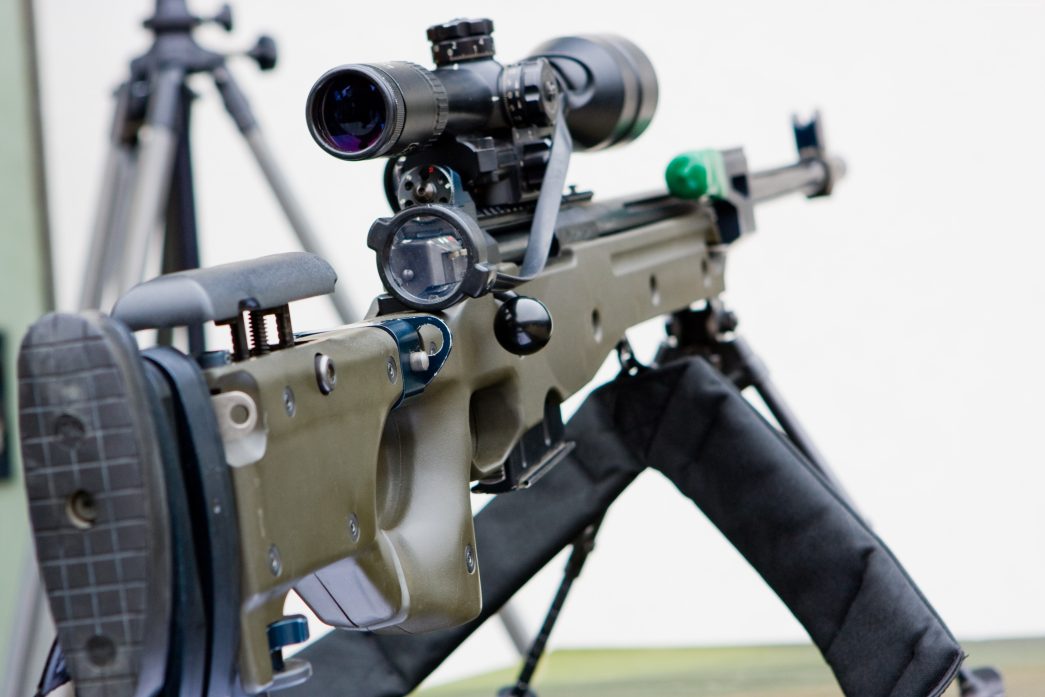
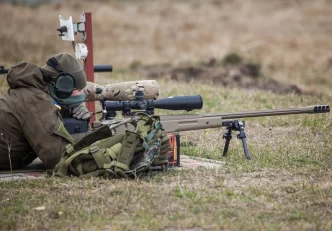
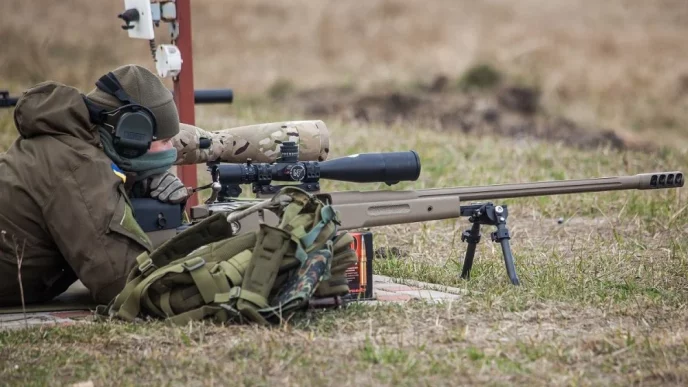
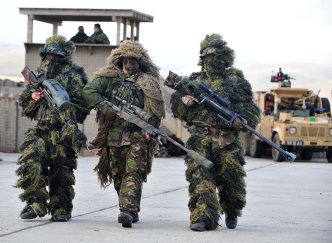
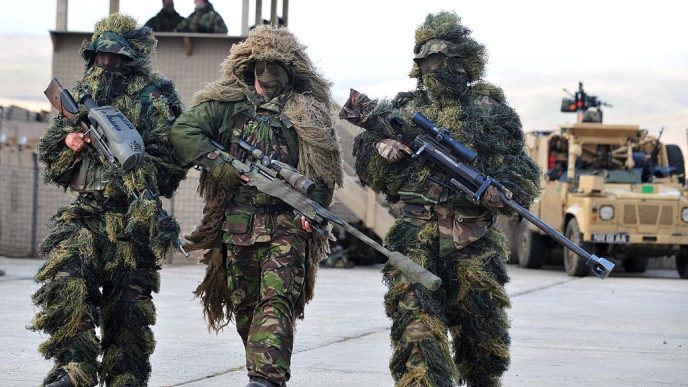
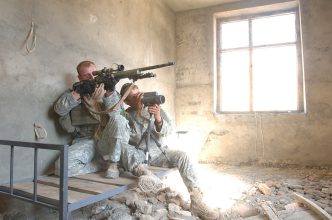
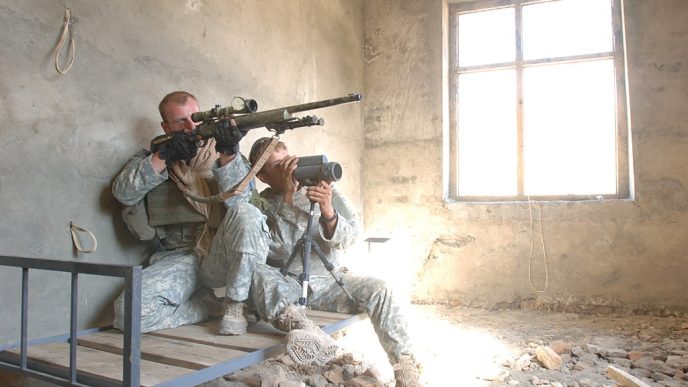
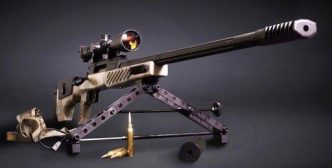
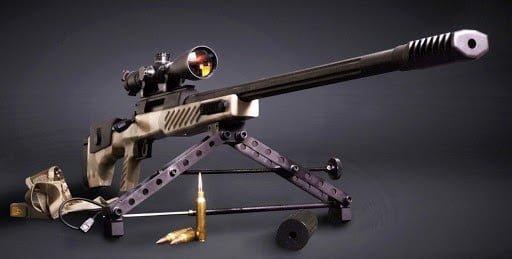
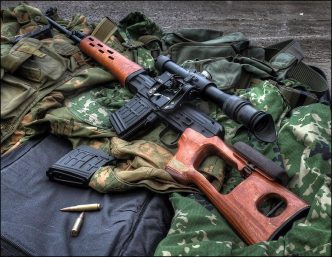
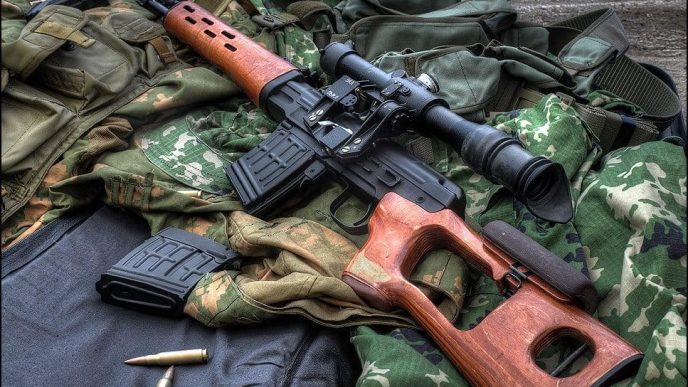
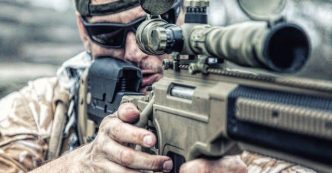
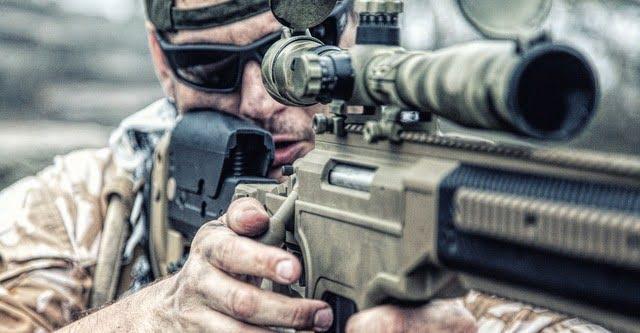
I’ll have to get one.
country of origin US? come on get your facts straight, more fake news?
Ever heard about misstype?